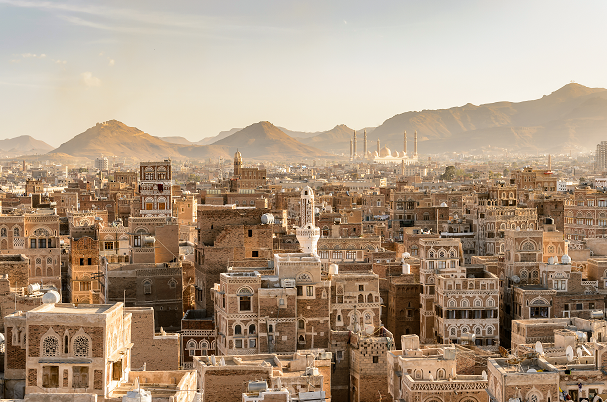
Vocabulary:
I will read the words, meanings, and sample sentences. Then, repeat after me.
- founder /FOUN-der/
- reconstruction /ree-kuhn-STRUHK-shuhn/
- residence /REZ-i-duhns /
- withstand /with-STAND/
- intense /in-TENS/
[noun] – someone who establishes an organization
She is the founder and manager of the business.
[noun] – the process of building or creating something again that has been damaged or destroyed
The reconstruction of the building must begin tomorrow.
[noun] – a home
This is the president’s official residence.
[verb] – to be strong enough, or not be changed by something, or to oppose a person or thing successfully
The building is designed to withstand earthquakes.
[adjective] – extreme
She stood in the intense heat outside.
Article reading:
Please read the whole article. Then, I will check your pronunciation and intonation.
Mud buildings are remarkably good at keeping us cool in the summer and warm in the winter, and withstanding extreme weather. In the search for more sustainable buildings, architects are returning to this overlooked, age-old construction material.
Mud towers climb high into the sky in Yemen’s historic walled capital of Sana’a. The towering structures are covered in eye-catching geometric designs and made entirely of rammed earth. The ochre-colored mountains in the area mix in with the clay structures. The city of Sana’a has been designated as a Unesco World Heritage Site because of its distinctive mud architecture. Even though Sana’a’s structures date back thousands of years, Salma Samar Damluji, co-founder of the Daw’an Mud Brick Architecture Foundation in Yemen and author of The Architecture of Yemen and its Reconstruction, describes them as “terribly contemporary.” The majority of the historic buildings are still used as private residences today. These mud structures have not lost their attraction because they are incredibly flexible for modern use, well-insulated, and sustainable. It is the future’s architecture, claims Damluji.
Architects around the world are reviving raw-earth construction as they seek to construct sustainable buildings that can withstand extreme weather events such as flash floods and intense heat. Could this ancient form of architecture influence the design of our future homes and cities? Could this back-to-basics technique provide an important solution to the climate crisis?
Mud towers climb high into the sky in Yemen’s historic walled capital of Sana’a. The towering structures are covered in eye-catching geometric designs and made entirely of rammed earth. The ochre-colored mountains in the area mix in with the clay structures. The city of Sana’a has been designated as a Unesco World Heritage Site because of its distinctive mud architecture. Even though Sana’a’s structures date back thousands of years, Salma Samar Damluji, co-founder of the Daw’an Mud Brick Architecture Foundation in Yemen and author of The Architecture of Yemen and its Reconstruction, describes them as “terribly contemporary.” The majority of the historic buildings are still used as private residences today. These mud structures have not lost their attraction because they are incredibly flexible for modern use, well-insulated, and sustainable. It is the future’s architecture, claims Damluji.
Architects around the world are reviving raw-earth construction as they seek to construct sustainable buildings that can withstand extreme weather events such as flash floods and intense heat. Could this ancient form of architecture influence the design of our future homes and cities? Could this back-to-basics technique provide an important solution to the climate crisis?
Discussion Questions:
I will read each question. Then, please answer them.
- What is your house made of? Could you tell me about it?
- How do you keep yourself cool in the summer? Please elaborate on your answer.
- Would you like to live in a house made of mud? Why or why not?
- Do you believe that the back-to-basics technique will provide an important solution to the climate crisis?
- In your opinion, what disadvantage does a mud house have?
Summarization
Please summarize the whole article using your own words and expressions. You will have one minute to prepare before you answer.
Describe:
Please explain the definition of each word listed below based on your understanding. You can provide example sentences if needed.
- weather
- tower
- historic
- Yemen
- architecture